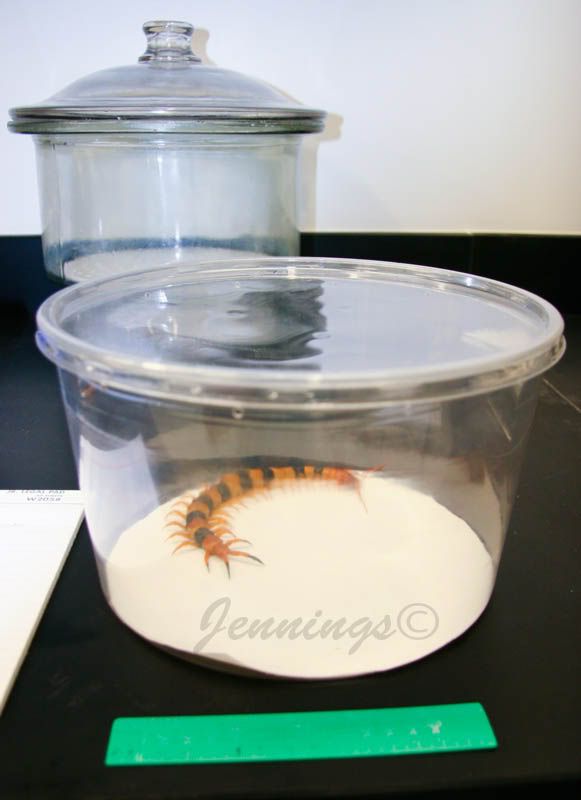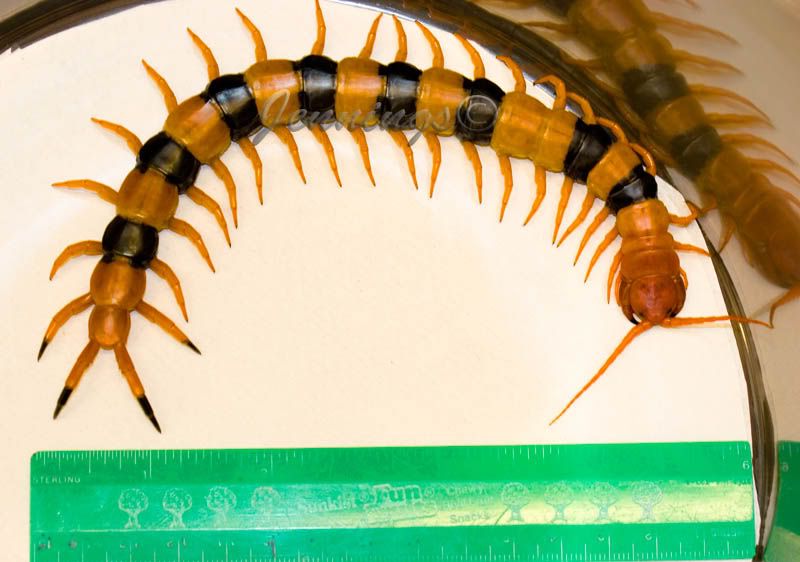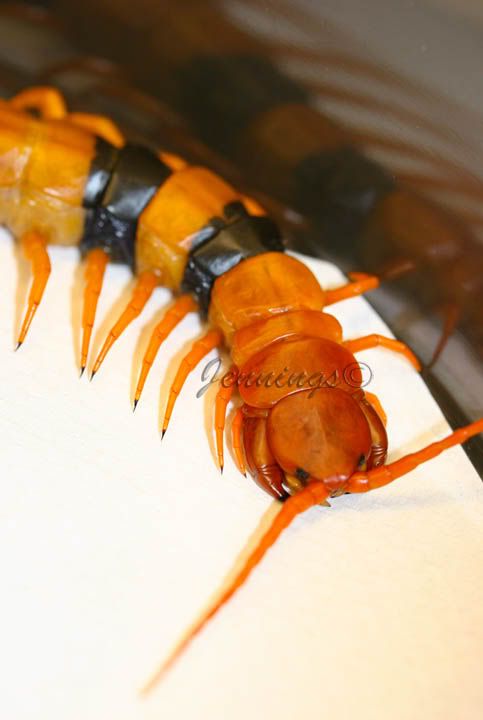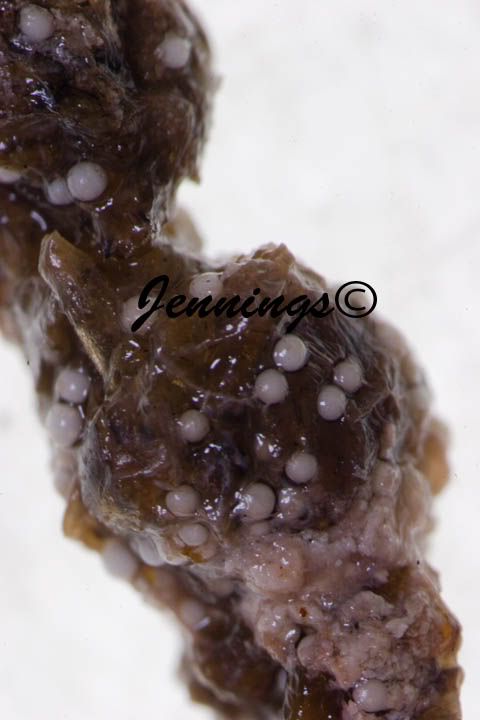This will be the thread where i post all my findings for the experiment with satelliterob's S. hardwickei centipede.
before receiving the animal, everything that was to be used for the experiment was sterilized with 70% ethanol and rinsed with RODI water. in my past experience, 70% ethanol is and effective killer of mites thus eliminating any chance of adults being present. the area in the lab that the animal is kept was also sterilzed using the same method.
i prepared five petri dishes with clean paper towel for incubating the frass. they were cleaned in the same manner as stated above. i also set up an oven at a temp around 80-82 degrees fahrenheit.
refer to thread for more details: http://www.arachnoboards.com/ab/showthread.php?t=159672
before receiving the animal, everything that was to be used for the experiment was sterilized with 70% ethanol and rinsed with RODI water. in my past experience, 70% ethanol is and effective killer of mites thus eliminating any chance of adults being present. the area in the lab that the animal is kept was also sterilzed using the same method.
i prepared five petri dishes with clean paper towel for incubating the frass. they were cleaned in the same manner as stated above. i also set up an oven at a temp around 80-82 degrees fahrenheit.
refer to thread for more details: http://www.arachnoboards.com/ab/showthread.php?t=159672
Last edited:




